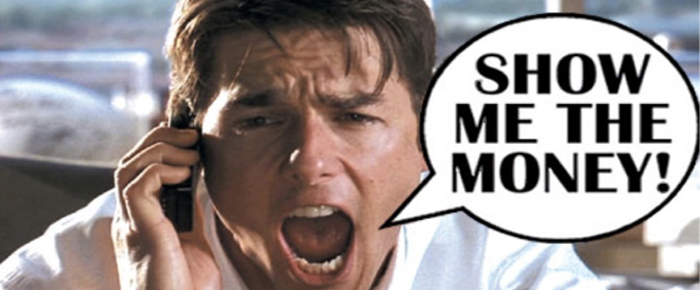
By Haddon Libby
Where we use paper, coins and electronic payments to transact financial transactions, people once used other monetary units such as grain, fish hooks, feathers, tobacco, soap, bear teeth, cocoa beans and salt. The term salary comes from the practice of paying people with salt.
The word money is derived from the name of the Roman goddess of marriage and women, Juno Moneta as Romans minted their coins in a temple named after the deity.
The Romans were the first to stamp an image of a person on their currency when they placed Julius Caesar on their coins in 44 BC. Before the Romans, the first people to create metal money lived in the area now known as Iraq.
The only woman to ever appear on US currency is Martha Washington who was on the $1 bill in 1896. In 2020 and on the 100th anniversary of a woman’s right to vote, the $10 bill will be redesigned with a woman’s portrait replacing Alexander Hamilton. The leading candidates to be on that note are Susan B. Anthony, Helen Keller, Eleanor Roosevelt and Harriet Tubman.
The largest bill ever in circulation in the United States was a $10,000 bill featuring the portrait of Salmon Chase. Chase was Abraham Lincoln’s first Secretary of the Treasury as well as the Governor of Ohio and Chief Justice on the Supreme Court. Chase’s portrait ended up on the $10,000 bill when it was first issued in 1928 as he was the Secretary of the Treasury when the US monetary system move to the current greenback system. This politically ambitious man put his own image on the original $1 bill in 1862. Seven years later, George Washington’s picture took his place. Worth nothing, Chase Bank was named in his honor. Only a few hundred of the Chase $1 bills remain in circulation.
The largest US bill is in a denomination of $100,000 with Woodrow Wilson on it. This bill was only printed for three weeks at the end of 1934 and was used exclusively for transactions between the Federal Reserve and the U.S. Treasury. This note kept track of gold on deposit at the Treasury.
The largest monetary denomination ever made was in 1946 by Hungary when they created a 100 quintillion pengo. A quintillion is the number 100 with twelve zeroes after it.
The largest US bill currently in production has a $100 denomination. Approximately $37 million new notes are issued each day with 95% replacing damaged currency. There are between 7.5 and 9 billion $1 bills in circulation. It costs 5.7 cents to make a dollar bill and 2.5 cents to make a penny.
Overall, the world has $5 trillion in physical money and $60 trillion if you include electronic money held in banks with 20% of all money in the United States, home to 4% of the world’s population. Within this, 25% of all Americans have a net worth of less than $10.
The counterfeiting of paper currency was so widespread during the Civil War that the U.S. Secret Service was created. Today, the greatest counterfeiter of our currency is North Korea.
Approximately 70% of all financial transactions in Iceland are completed electronically. In the United States, 40% of all transactions are electronic.
If you ever needed a reason to pay for things with debit or credit cards, here it is: 94% of all currency is contaminated with bacteria. Thirty percent of currency has fecal matter on it while 7% have the E.coli bacteria on it. Two is four bills have the viruses responsible for colds and flues. The flu virus can survive for up to 10 days on paper money.













































